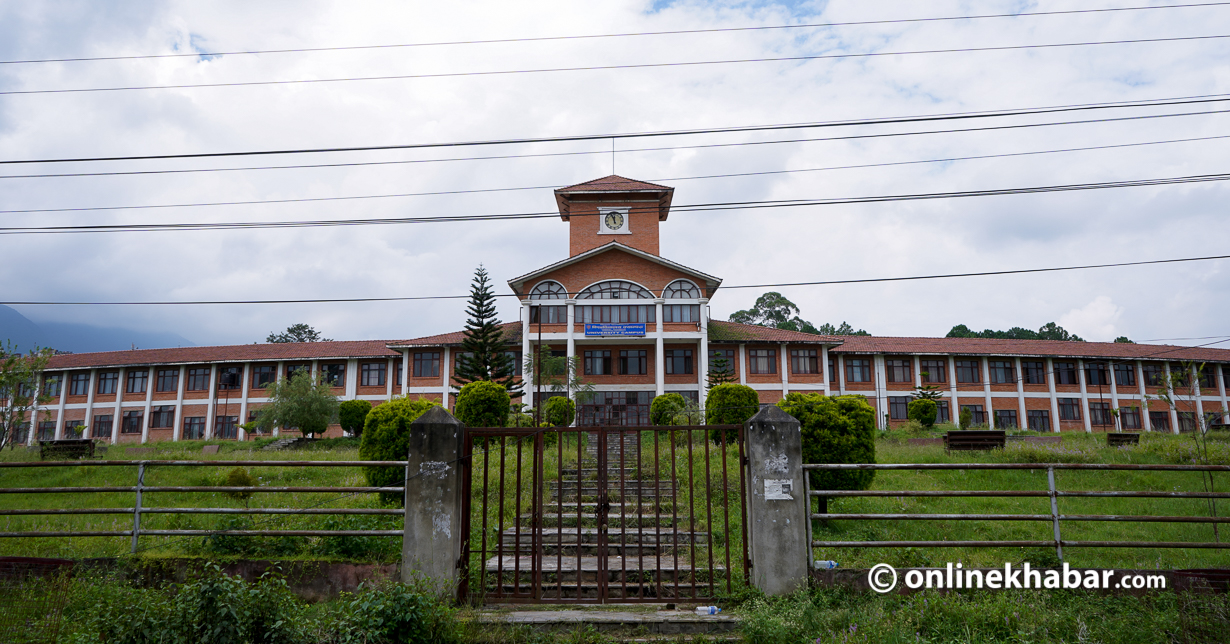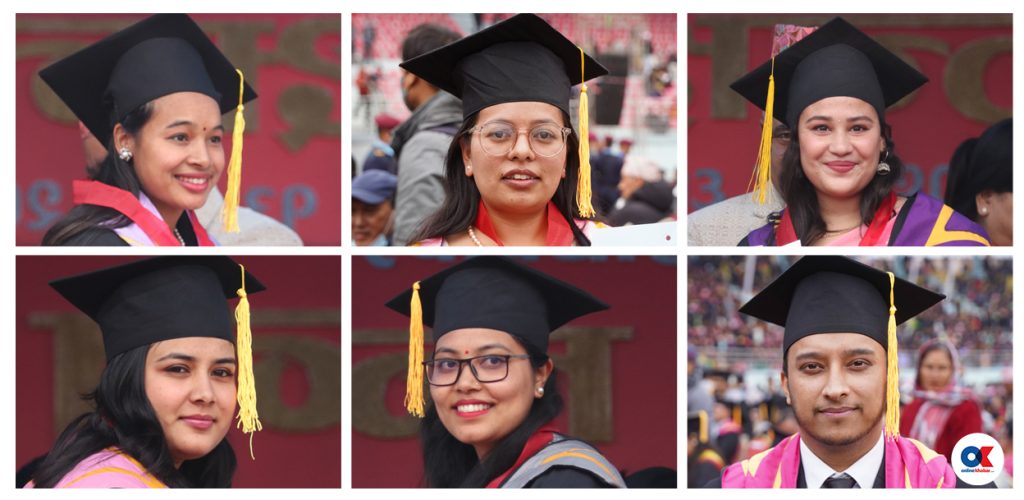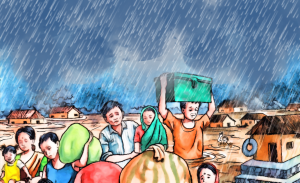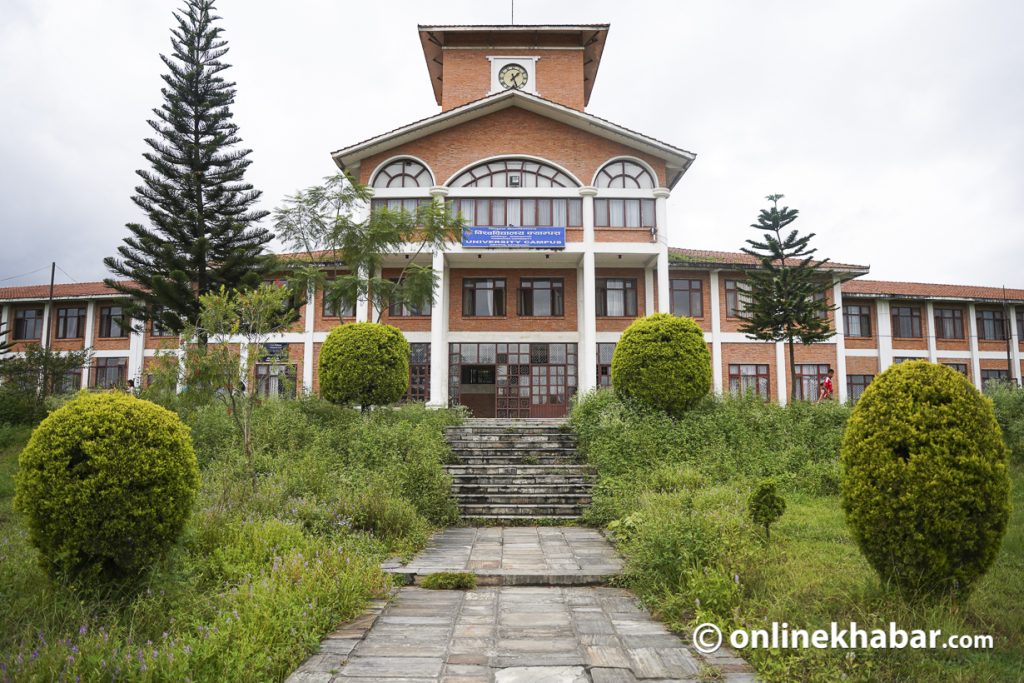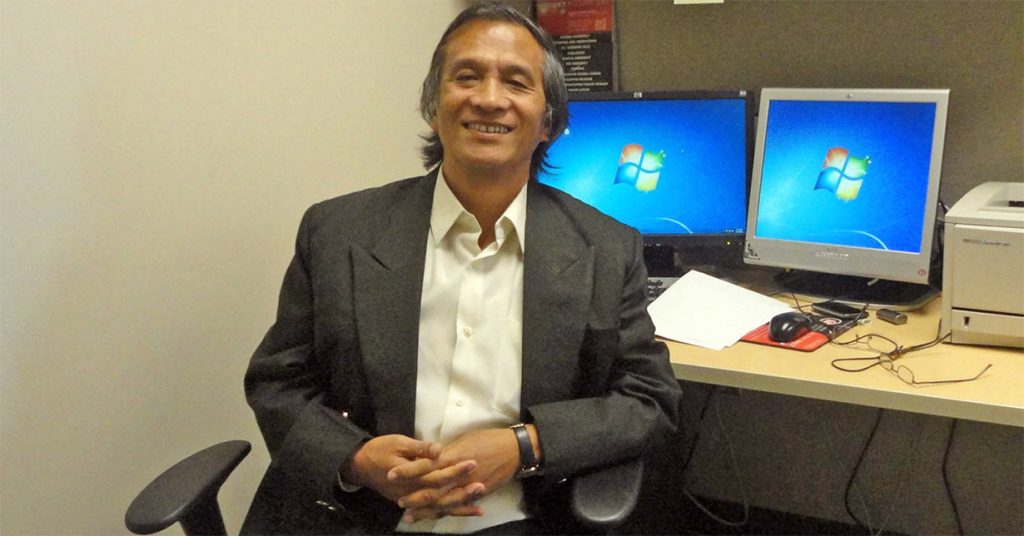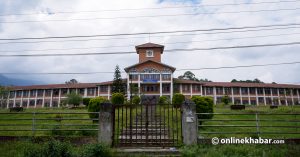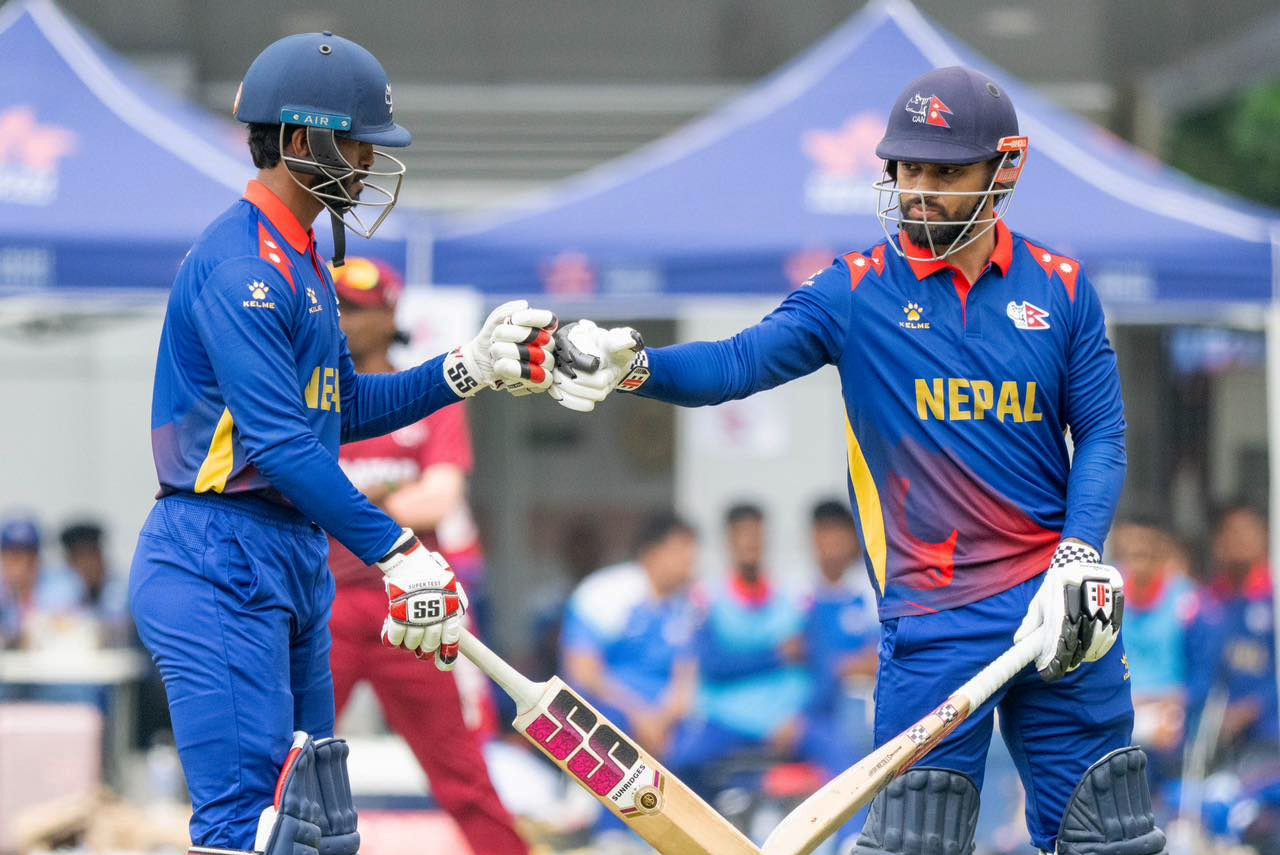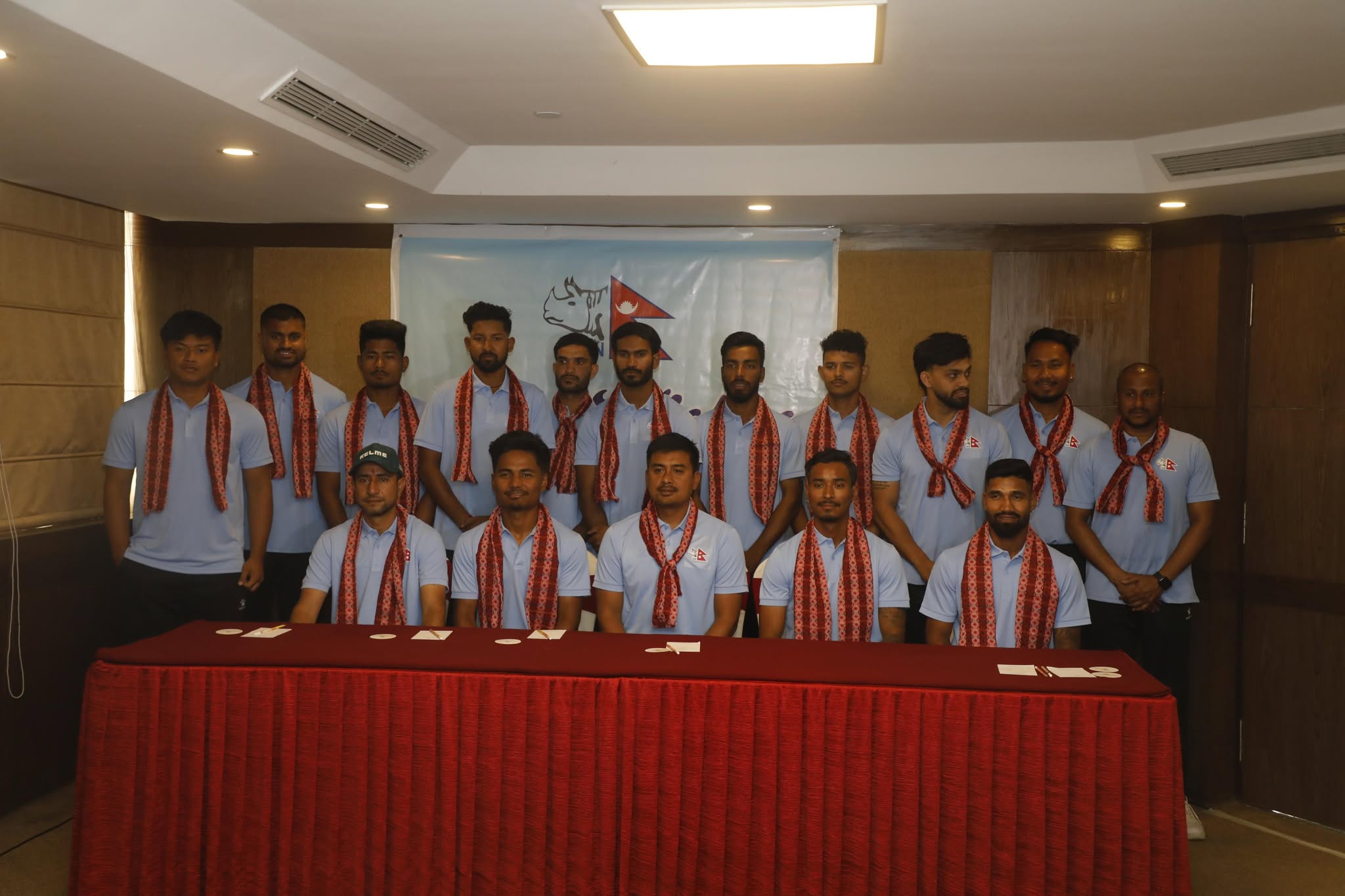Many people in Kathmandu do not know that Nepal’s oldest university, Tribhuvan University, has four reacher centres. There is a reason why they do not.
The research centres in the university that is in peril due to politicisation are in a sorry state, again because of politicisation. They are dormant and exist on signboards only.
The death of research tradition
Even the TU’s vice-chancellor, Dharma Kanta Baskota, agrees. He says that the state of these centres is dire due to wrong persons leading them.
“People who led these research centres didn’t have a clear vision. The leadership was weak and that has resulted in people questioning the importance of these centres,” says Baskota.
Is the lack of leadership only to blame for these centres performing poorly? Former TU VC and noted educationist Kedar Bhakta Mathema says that political appointments are also a reason for the poor performance of the research centres.
“Politicians wanted their people in these positions rather than capable ones,” says the former vice-chancellor. “For a research centre to run smoothly, the entire team needs to be capable. One or two good people can’t carry the organisation.”
Sociologist Chaitanya Mishra says the best work these centres did was during their formative years. “I agree that these centres aren’t as effective as they were during the formative years. But to call those years golden and say that no work has been done after is wrong,” says Mishra.
He says that the blame should go firstly on the politicisation of the university as a whole. “Until appointments stop happening on the basis of personal relations, nothing will change,” says Mishra.
Resham Thapa from the Department of Economics also says that the problem lies away from the research centres. He says that these centres lost their identity after the end of the Panchayat era.
“After 1990, the government stopped spending money on research. That was the start of the downfall,” says Thapa.
The Centre for Economic Development and Administration(CEDA)’s executive director Gopinath Regmi says that the TU, stakeholders and the government are confused about how to take the centre forward.
Here is an overview of the status of these research centres.
Centre for Economic Development and Administration (CEDA)
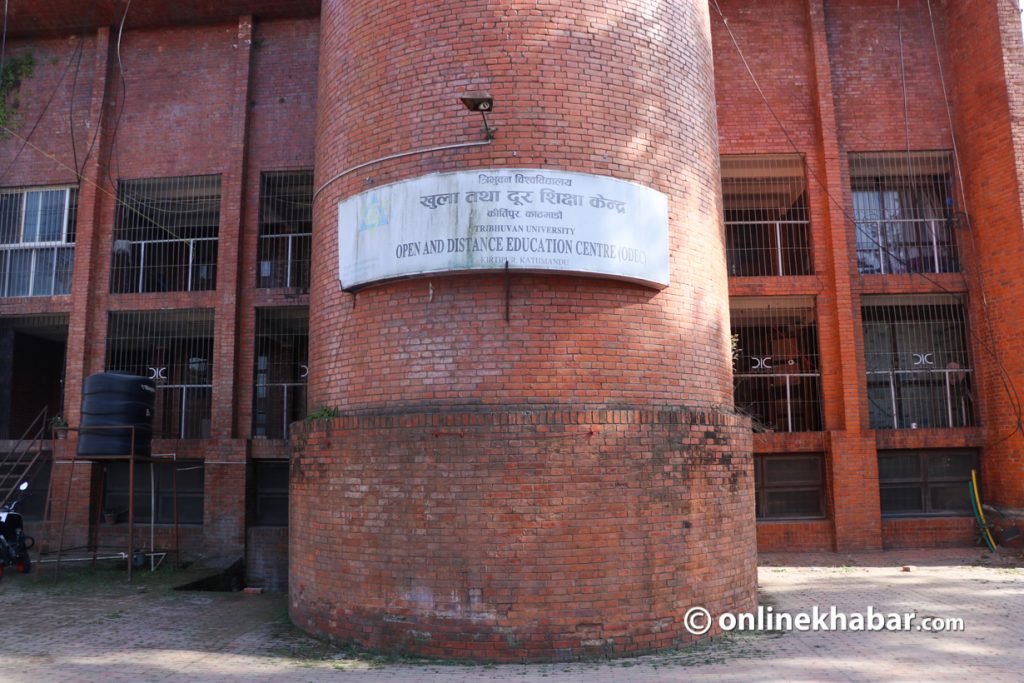
CEDA is the oldest research centre in the country. The centre was formed to help the government in the economic development of the country by coming up with policies and tying up with international organisations.
People who closely worked with CEDA say that the centre worked efficiently til 2002. But, after the TU started to push decentralisation, things started to move slow.
Regmi says things got worse when the government started to cut funds.
“Yes, the work that the centre did has gone down since its formative years, but it’s due to lack of funding,” he says.
Regmi also says that after the Decentralisation Act was imposed in 1990, the centre had to do everything: from managing funds to running the office to other miscellaneous expenses. This, he says, posed as a major hindrance for them to doing any good work.
Currently, CEDA has two teachers and 15 staff. They have vacant positions, but due to uncertainties in the TU, they have not been able to fill them.
“We need favourable policies to help promote research centres. I hope things get better soon,” says Regmi.
Centre for Nepal and Asian Studies (CNAS)

CNAS is a multi-disciplinary research centre that studies the diversity between the various cultures in South Asia. Its team includes researchers from different disciplines such as sociology, anthropology, history, culture, economics and the Nepali language. The work done by CNAS was not only revered in Nepal, but its research made noise in universities in the west too.
When the research centre was formed, it had 72 researchers. Currently, there are only nine. When the centre had 72 researchers, the funding was quite good too. But, as years went by, the money received by the centre started to get low. When Kumar Khadga Bikram Shah was the executive director, the government used to give the centre a budget of Rs 1 million. Current executive director Mrigendra Bahadur Karki says a lot of important research took place during that time. But, recalling that, he says he feels sad when people tell them the centre does not do any work.
“We don’t have the funds or the human resource to work like that. It’s our harsh reality,” says Karki.
Nonetheless, over the past two years, things have looked better. A Rs 50 million revolving fund was established, through which the centre has been carrying out its work.
CNAS has also started to offer researchers a fellowship worth up to Rs 100,000 and also offers PhD students scholarships of the same amount.
Research Centre for Applied Science and Technology (RECAST)

This research centre was established in 1978 with the motive to find out how the country could efficiently use the resources that were available to it through the help of science and technology.
But, by 1990, the centre grew weak, says Ramchandra Shrestha, a staffer there. It used to get funding from the government until 1999, but gradually, the money stopped coming. Things changed for RECAST after the formation of NAST, says Shrestha.
RECAST works on trying to keep old traditions intact but complementing them with the latest technology. It worked on improving stoves and developed watermills in rural areas of the country. But, as funding stopped as did its effectiveness. Due to this, a lot of skilled researchers left RECAST as they did not feel valued by the government. The government did not even try to fill these positions leaving the research centre to rot.
Research Centre for Education Innovation and Development (CERID)

Over the past few years, this is the only research centre in the TU that seems to be active. Those working there say they are usually very busy with work.
This centre was formed to make the education system better. It aimed to train people and conduct research to improve teaching methods in the country. Currently, the centre has 12 staff.
They have worked on the DLI Verification Project and also on the integrated education management information system. If done by a private organisation, it would cost the state up to RS 100 million, but CERID did it for Rs 10 million.
“This shows why these research centres are important,” says the centre’s executive director Surendra Giri.
It also works closely with the University Grants Commission (UGC).
Giri, like most of the centre heads, says that they have not been able to work efficiently because of a lack of funding.
What could these research centres do?
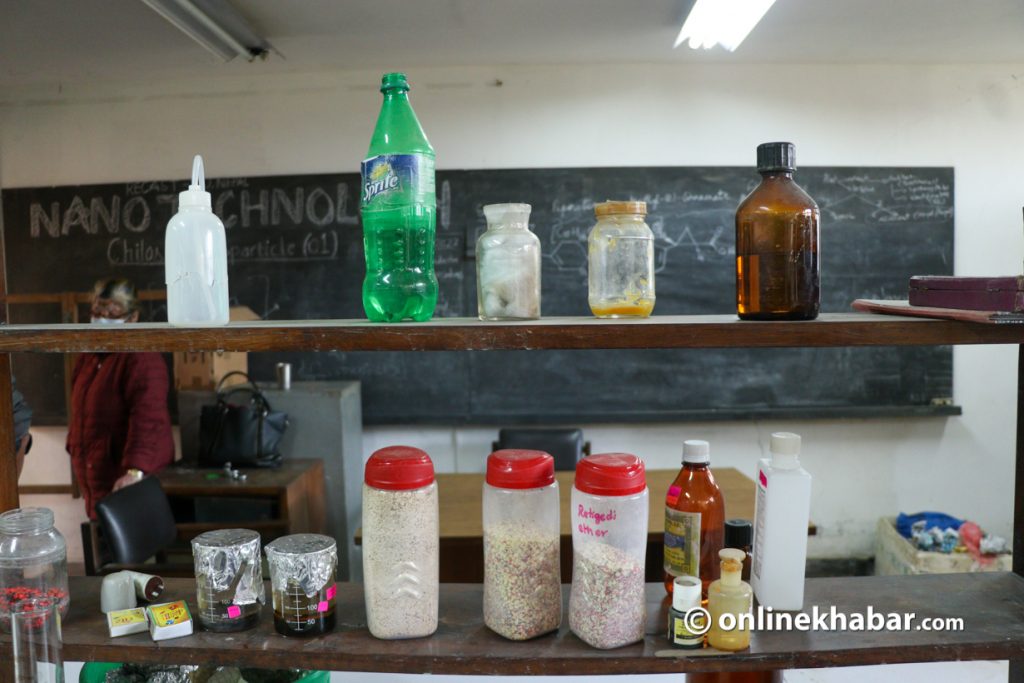
Had these centres received the funding they asked for, a lot could have been done, say experts. For example, CNAS could have drafted a comprehensive report on the social and cultural effects of the Maoist war. But, it has not been able to do that and its executive director Karki says it is sad.
Educationist Bidya Nath Koirala says since there is a lack of funds, the four centres could work together on particular research.
Koirala says that if they worked together, they could emulate something like the National Innovation Centre formed by Mahabir Pun.
Kathmandu University founder Suresh Raj Sharma also says that they could also do collective research on environmental issues like pollution and global warming.
“These are contemporary issues these centres can work on together. They can do their own research but prepare a collective report,” says Sharma. “But, this will not be possible unless they increase the number of researchers.”
Sociologist Chaitanya Mishra argues that these research centres should not use lack of funds as an excuse. “They get a monthly salary to carry out research. People should be accountable too,” says Mishra.
He says that if someone is taking money to do research, they should be doing it. Else they should quit. He even goes on to say that the centres need to work on generating their own funds and not depend solely on the government.
TU VC Dharma Kanta Baskota also argues that money is not the problem why no work is being done. He says even when they get the money, the centres are not able to spend them.
“I’ve fought with the government for the money, but when they don’t use it well, it’s hard to ask for more,” says Baskota.
Environmental researcher Uttam Babu Shrestha says the centres also need to create a positive environment for research. He says the research that is done by the centres also needs to be marketed so that people know.
“We should also take action against people who don’t complete the research,” says Shrestha. “I think TU needs to become more research-oriented too. Only then will these centres be efficient.”
A lack of coordination between the centres and departments is also an issue, highlights Koirala. He says that at times like these, people need to work together to make full use of the resources available.
“When we don’t have money; we need to work together. We need coordination. That is how we can run this effectively,” says Koirala.
What next?
Researchers say TU needs to make new policies to improve the working of these research centres. Kamal Raj Devkota says that only that will change the face of these centres. He also says that they need young researchers in these centres so that they can carry out diverse research.
Devkota suggests that teachers should ask students to use research centres.
“It can help us attract younger crowds into research,” says Devkota.



